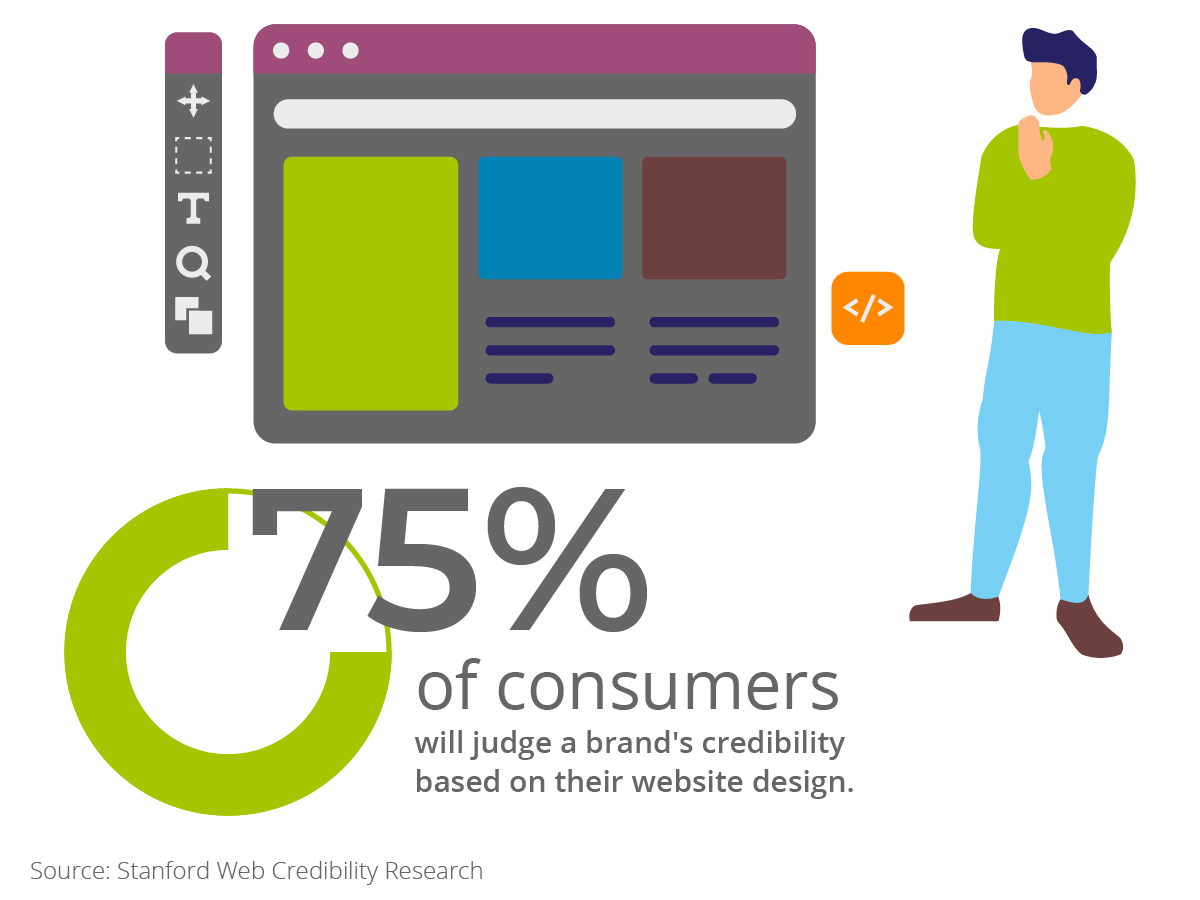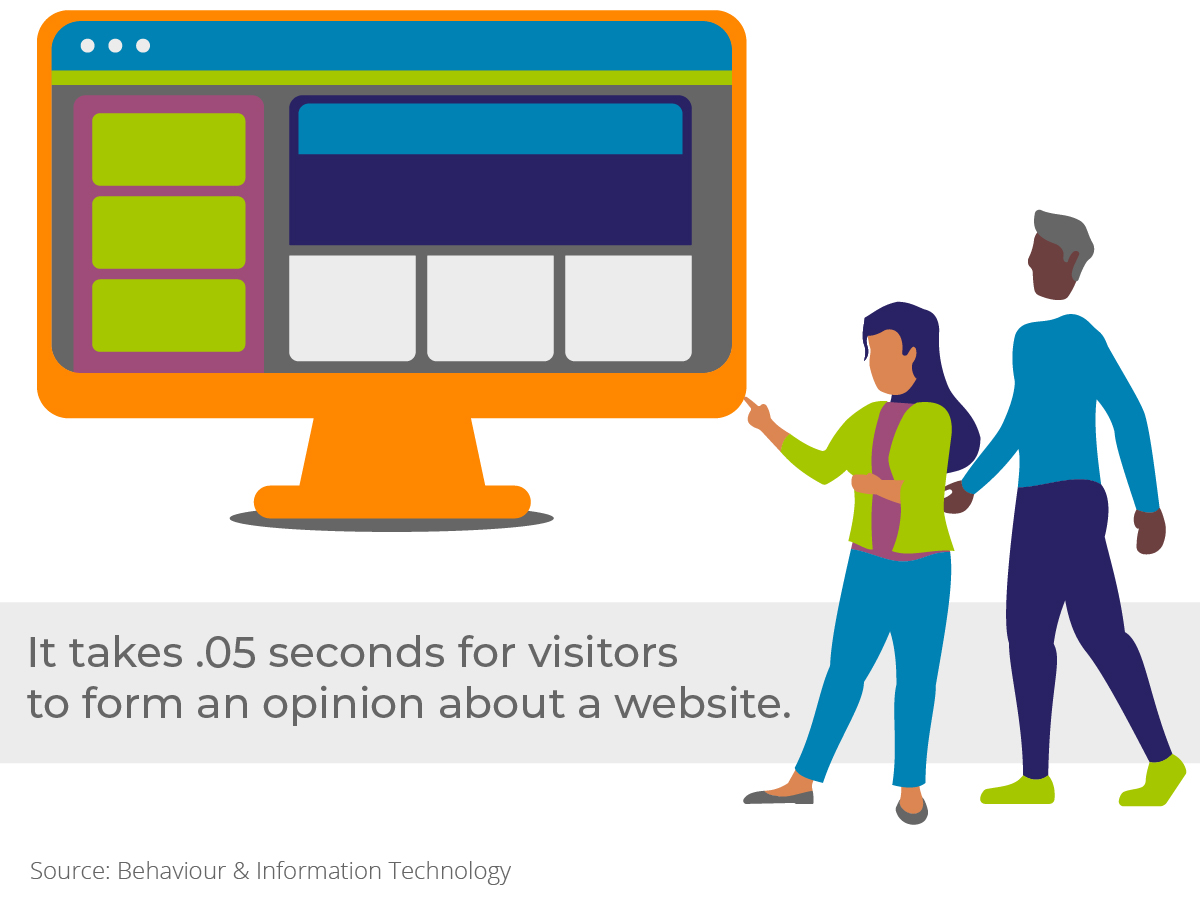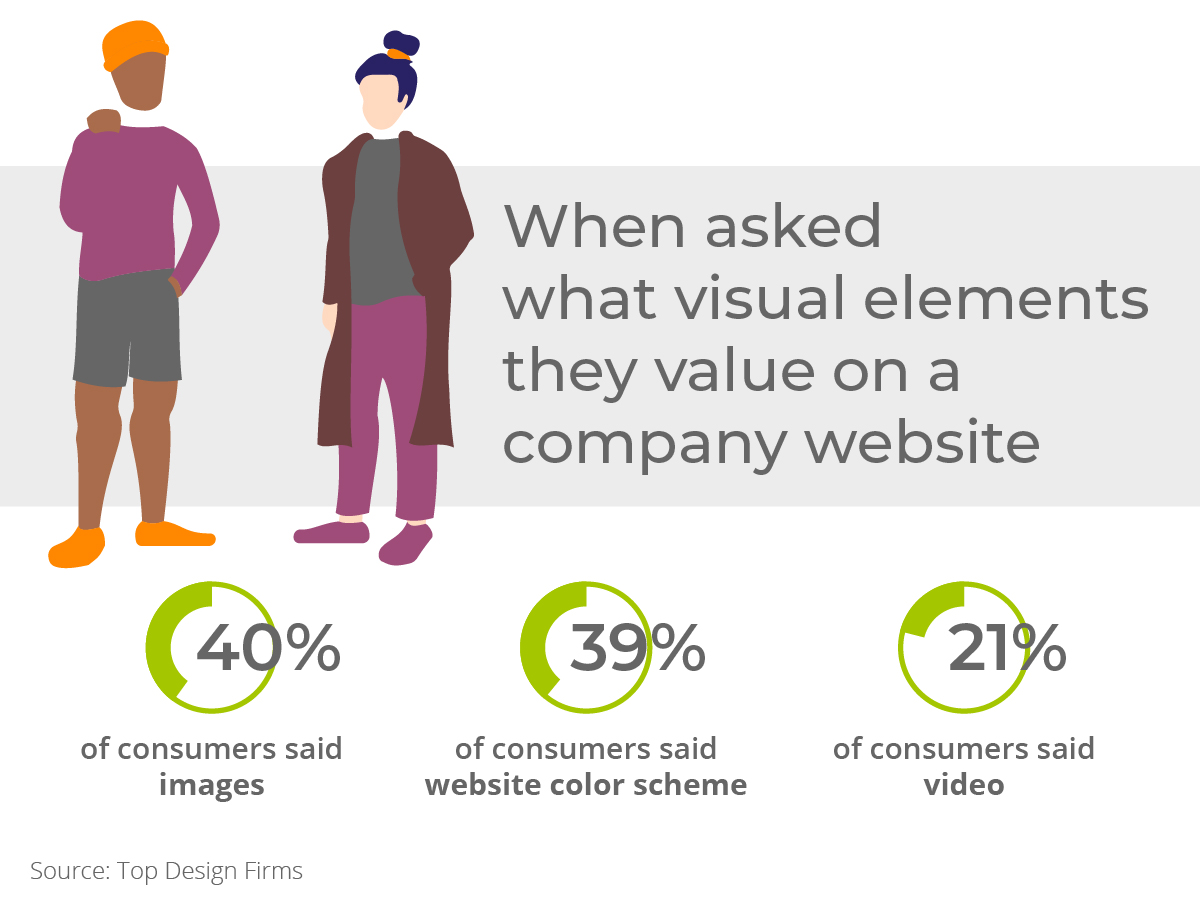
What is a Website Template
and Ten Reasons You Want One
BY SUSAN DEMATEI
In today’s fast-changing landscape, web experts agree that we should redesign our websites every three years. Don’t get us wrong, that doesn’t mean touch your website every three years. You should constantly update and keep your website current, but we’re talking about a complete reboot every three years. This refresh is necessary because our content and feature-needs change, and our consumer eCommerce and browsing habits are constantly changing. Look at the wine business in the past four years and how much has changed since pre-COVID. In addition to the obvious design revitalization, we should also be re-evaluating our website goals and needs on this three-year frequency.
When facing a redesign, the first question that crosses the minds of most is, “Should I use a template or have this custom-built?” If you have done a big website from scratch before, you hired a designer and then a developer, and they walked you through Photoshop comps and wireframes. It worked back then, but that long and expensive process is no longer the only way to build websites. In the final months of 2023, the vast majority of the websites on the internet are built with a template or theme. For most of our clients, a template is the best place to start unless you are a complex corporate entity with multiple brands or feature needs (and even in that case, you might want to start on a template). But we’re getting ahead of ourselves. Let’s define a template and then break down some pros and cons of using a template.
What is a template?
I am currently car shopping, so I have automobiles on the brain. I let my lease go during COVID and for a time my husband and I have survived on one car, but it’s getting to be logistically difficult. For the past few weeks, I have been comparing features and reading reviews and am no closer to making a decision than I was when I started. Is it wrong to want heated seats in Northern California? Will I really use the Navigation System if I can plug in my iPhone? What the heck is torque, anyway? If anyone has an SUV suggestion I’m all ears. So, forgive all the car analogies and puns when discussing websites, but that’s what’s racing out of me at this moment. (See what I did there)?
There are three parts to a website.
- The base structure is like a chassis of a car. Your base will include basic feature choices like a type of Navigation menu, the ability to incorporate eCommerce, mobile optimization, a photo carousel, or slider. It will also suggest plugins options like a recipe section, a mailing list signup, or a blog page. A good base with have pre-built areas for what you need and easily be able to incorporate additional special touches you want.This base is a template (or theme or stencil) and is a blank slate that can host very different websites. If the template is the chassis in our car analogy, it is mostly unseen as what you put on top of it defines the car. This is why a Toyota 4Runner, an SUV, can have the same chassis as the Toyota Tacoma, a pickup truck (Ok, I’ve read entirely too much Car & Driver lately).
- Your website content is the shell, or car, that is put on the chassis. This is the second part of the website and contains your copy and images. These areas flesh out details of your website like a wine club membership section, an events schedule, or that wedding venue picture gallery. On top of the template, your content provides the site’s function as well as content specific to your winery.
- But the third part is where most people think about – the design. The design of your website are fonts and colors added on top of everything with a style sheet. This is the trim of your car. It dictates what color it is, if it has the sports or the luxury package, or if the interior is cloth or leather. (Um, with four dogs, leather. Definitely leather). The designer crafts these tweaks to make your site look like your winery and nobody else and puts thought into how your content is best displayed.
So don’t feel like a template will be cookie-cutter. A template should be the basis for the content and styling that will make your site your own. A template is not an excuse not to customize everything. Sure, you bought it with some fonts and colors but you should absolutely customize it.
10 Reason’s To Choose a Template over a Custom Build
Have you ever tried to configure a car at a dealer? It’s nearly impossible. They don’t like it and quickly try to sell you a configuration already on the lot. If you resist and genuinely want your custom car, you have to wait, sometimes for months. Having your dream car is pretty sweet, but time-consuming, costly, and requires a hefty dose of patience.
On the other hand, using a template is like buying a car on the lot. It might not match your dream features perfectly, but it’s close, quick and convenient, you still get that new car smell, and it’s much easier on your wallet.
But sometimes, the heart wants what it wants. Both options have their merits, and the choice largely depends on your unique needs and circumstances. But, for those who appreciate a straightforward, no-nonsense approach, there’s something inherently attractive about going the template route.
Here’s are ten reasons why you might lean towards a template for your website:
1. Time-Efficiency
Templates are like website-building cheat codes. They come pre-designed with layouts, color schemes, and content placeholders. You can go from a blank screen to a functioning website in days, not months. Templates get you online faster, which can be a game-changer in the digital world and allow your team to focus on sales versus infrastructure.
2. Cost-Effectiveness
Custom builds can be expensive. You’ll need to hire web designers and developers, and the bill can quickly spiral out of control. Templates are often affordable, making them a budget-friendly option. You can save your development dollars when you start with a template.
Sidebar rant: I would like to encourage you to take that savings and make an investment in your digital presence. As an industry, we spend about 2% of our gross sales on marketing. The SBA recommends that small businesses spend 6-8% of their gross sales on marketing. Our packaged-goods competitors like RTDs and beer can pay up to 20%. In short – we’re getting our butt kicked in the adult beverage category. Your online presence will be increasingly crucial as our consumers shift to people under 40 who grew up with the internet. If you aren’t advertising on social or other digital channels, you should be. End of rant.
3. Beginner-Friendly
Not everyone is a web development guru. With templates, you don’t need to be. They are designed with the average Joe in mind, so you can create a professional-looking website even if you’ve never coded a line. While I recommend getting a designer to design your template initially, you should be able to maintain it independently. Templates always come with a CMS, and if you’re using something like WordPress, once you learn the basics, all those skills are transferable throughout your career. You don’t need to be a coding wizard to use templates. On the other hand, custom builds require extensive technical knowledge or the hiring of a developer, which can be a headache if you’re not tech-savvy.
4. Built-In Features
Many templates come with handy features like responsive design (your site looks good on any device), SEO optimization (helps your site rank higher on Google), and e-commerce functionality (perfect for online stores). Why reinvent the wheel when it’s already rolling your way?
5. Stability and Maintenance
Technology is like a never-ending racetrack with new updates and emerging trends constantly rounding the corner. With templates, you can breathe easily. Templates typically receive updates from their creators. This means you don’t need to worry about your site becoming outdated or vulnerable to security breaches. It’s like having a virtual mechanic on standby. Also, this template has been used repeatedly, so all the issues have been worked out. With a custom site or something only your winery uses, you and you alone are the guinea pig. With templates, you’re minimizing the risk of major technical issues.
6. They Are Highly Customizable To Your Brand
As discussed, the template is just the base (The most popular WordPress theme, DIVI, has been downloaded over 800,000 times. And all these websites look very different from each other). The point is to make it your own with customization. It is recommended that you initially get a designer to customize your template for you, but with some reading and trial you can likely do it yourself.
7. They Are Developed To Change
We started this blog by saying the web is dynamic and constantly changing. One of the cool things about templates is that they are built to be changed. Don’t design your website and then walk away from it. Design it, then watch customer activity. Track your sales conversions, track your visitors, and then try different landing pages, sliders, or content. Templates are made to be modular and editable, so take full advantage of that. This allows you to experiment with different layouts, content, and features to optimize your site’s performance and user experience. Custom builds require additional development to implement such testing capabilities.
8. SEO Friendliness
Templates often come with built-in or the ability to add SEO features or plugins that make optimizing your website for search engines easier. Custom builds may require additional development to implement these features, adding to your time and costs.
9. Mobile Matters
In today’s mobile-first world, having a responsive website that looks great on smartphones and tablets is crucial. Most templates are designed with mobile responsiveness in mind, saving you the headache of ensuring your custom site is mobile-friendly.
10. Future-Proofing
Website templates are built to adapt to changing technologies and trends. As design and functionality evolve, templates evolve with them. Custom-built sites can become outdated quickly, requiring more significant investments in development to keep up with the times.
Ultimately, the content of your website matters most. Whether you choose a template or a custom build, what you say and how you say it will be the driving force behind your online success. A beautiful custom design won’t save poor content, just as a template won’t hinder great content from shining.
So, why choose a template over a custom build for your website? Because sometimes, speed, affordability, and ease of use trump the pursuit of perfection. Templates offer a fast track to getting your online presence up and running without draining your bank account or sanity. For most small to medium-sized businesses and personal projects, templates offer a hassle-free and efficient way to get your online presence up and running.
In the end, the choice between a template and a custom build is a profoundly personal one. It’s like choosing between that dream car and one off the lot. Both have their merits; it just depends on what drives you (Sorry, I can’t help it).
So, get out there, explore the world of website templates, and remember that the web is an open road. Whether you go with a template or a custom build, the most important thing is to get your voice, brand, and ideas out there for the world to see.





